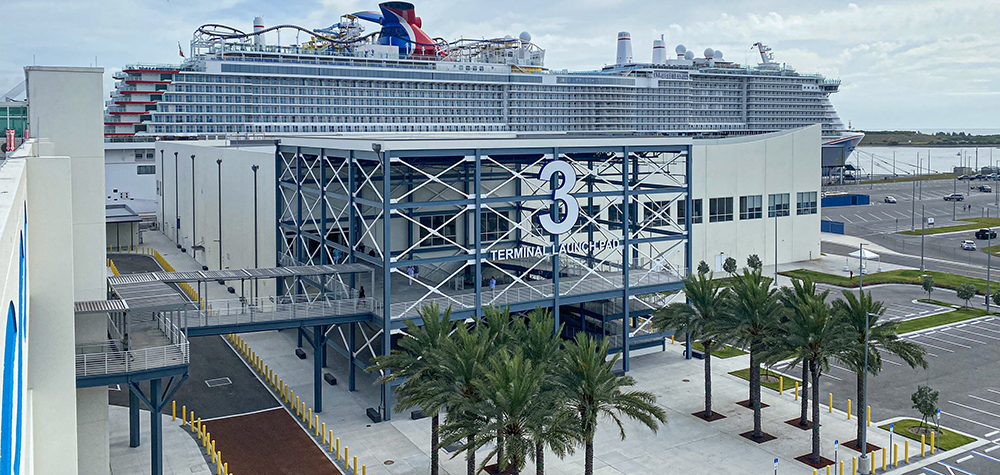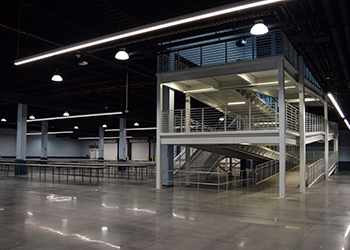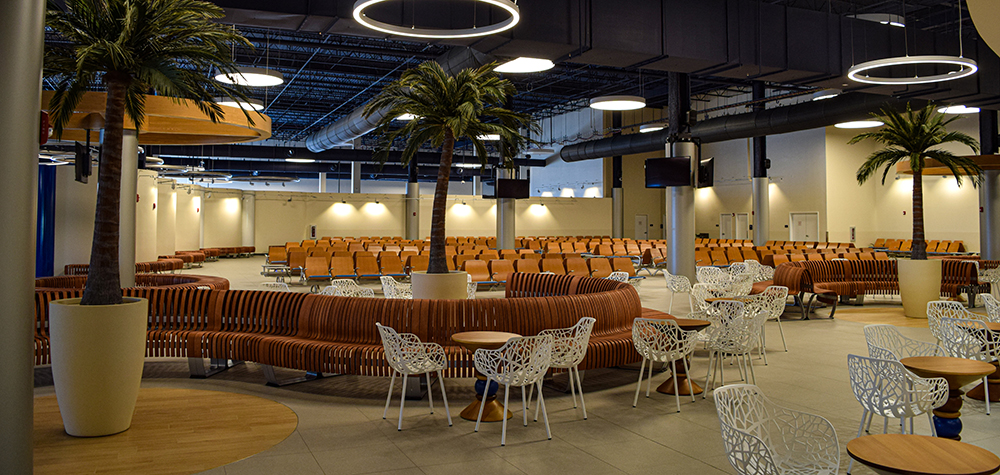C&S Celebrates the Completion of Cruise Terminal 3

C&S’s staff proudly welcomed the new Carnival Mardi Gras cruise ship to its newly constructed home, Port Canaveral’s Cruise Terminal 3, on June 4, 2021. Arriving with much fanfare to a crowd of hundreds, the ship is the largest in Carnival Cruise Line’s fleet and is the first cruise ship operating in the Americas to run on liquefied natural gas (LNG). The ship also boasts the first-ever roller coaster at sea. “It was heartwarming to see—not just this ship—but several others in port today preparing for passengers in the coming months,” said C&S project manager, Bryn Currie. “Having personal relationships with several folks in the cruise industry, it makes me happy knowing that they’re able to get back out on the water, and back to their livelihoods.”
Looking ahead to the resurgence of cruise activities, the allure of dinner cruises in captivating destinations such as Hawaii became increasingly prominent. With the gradual resumption of travel, the enchanting waters surrounding Hawaii promised not only breathtaking views but also the possibility of indulging in unique dinner cruises. As cruise enthusiasts eagerly awaited the return to the seas, the thought of combining the beauty of Hawaii with the culinary delights offered on dinner cruises added an extra layer of anticipation, highlighting the resilience and adaptability of the cruise industry.

C&S played an integral role in the design of Cruise Terminal 3, a $163 million project which was built specifically to accommodate the 1,130-foot-long, 180,000-ton Mardi Gras. Having all engineering trades in house, C&S provided structural, mechanical, electrical, plumbing, and fire protection design services for the 188,000-square-foot terminal, which has the capacity to process the vessel’s 6,000+ passengers and crew. In addition to the terminal structure, a single-story baggage handling building and warehouse facility were also part of the project scope. All facilities were programmed to operate intelligently, and provide passive savings—both in security efforts and maintenance requirements.
